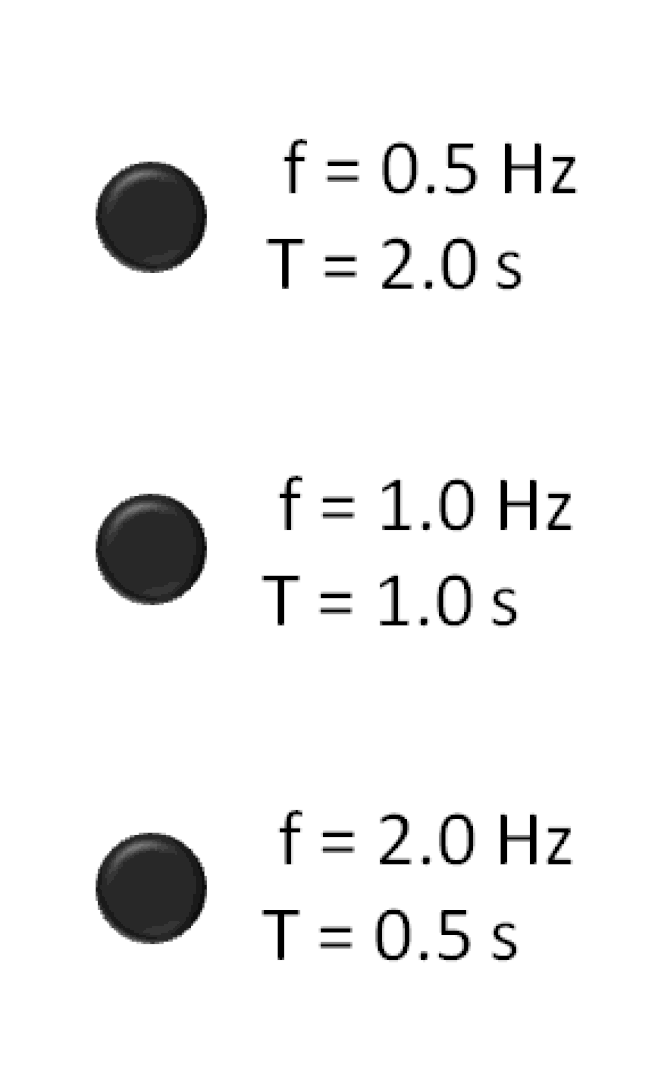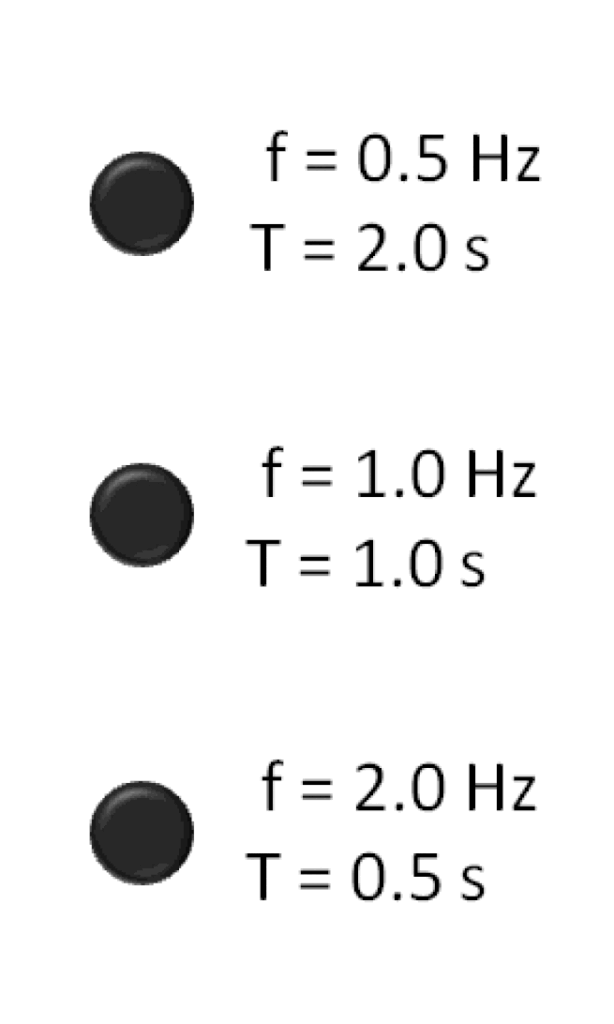
Main Difference
The main difference between Decibel and Hertz is that the Decibel is a logarithmic unit expressing the ratio of a physical quantity and Hertz is a SI unit for frequency
-
Decibel
The decibel (symbol: dB) is a relative unit of measurement corresponding to one tenth of bel. It is used to express the ratio of one value of a power or field quantity to another, on a logarithmic scale, the logarithmic quantity being called the power level or field level, respectively.
It can be used to express a change in value (e.g., +1 dB or −1 dB) or an absolute value. In the latter case, it expresses the ratio of a value to a fixed reference value; when used in this way, a suffix that indicates the reference value is often appended to the decibel symbol. For example, if the reference value is 1 volt, then the suffix is “V” (e.g., “20 dBV”), and if the reference value is one milliwatt, then the suffix is “m” (e.g., “20 dBm”).Two different scales are used when expressing a ratio in decibels, depending on the nature of the quantities: power and field (root-power). When expressing a power ratio, the number of decibels is ten times its logarithm to base 10. That is, a change in power by a factor of 10 corresponds to a 10 dB change in level. When expressing field (root-power) quantities, a change in amplitude by a factor of 10 corresponds to a 20 dB change in level. The decibel scales differ by a factor of two so that the related power and field levels change by the same number of decibels with linear loads.
The definition of the decibel is based on the measurement of power in telephony of the early 20th century in the Bell System in the United States. One decibel is one tenth (deci-) of one bel, named in honor of Alexander Graham Bell; however, the bel is seldom used. Today, the decibel is used for a wide variety of measurements in science and engineering, most prominently in acoustics, electronics, and control theory. In electronics, the gains of amplifiers, attenuation of signals, and signal-to-noise ratios are often expressed in decibels.
In the International System of Quantities, the decibel is defined as a unit of measurement for quantities of type level or level difference, which are defined as the logarithm of the ratio of power- or field-type quantities.
-
Hertz
The hertz (symbol: Hz) is the derived unit of frequency in the International System of Units (SI) and is defined as one cycle per second. It is named after Heinrich Rudolf Hertz, the first person to provide conclusive proof of the existence of electromagnetic waves. Hertz are commonly expressed in multiples: kilohertz (103 Hz, kHz), megahertz (106 Hz, MHz), gigahertz (109 Hz, GHz), terahertz (1012 Hz, THz), petahertz (1015 Hz, PHz), exahertz (1018 Hz, EHz),
and zettahertz (1021 Hz, ZHz).
Some of the unit’s most common uses are in the description of sine waves and musical tones, particularly those used in radio- and audio-related applications. It is also used to describe the speeds at which computers and other electronics are driven. The units are often also used as a representation of Energy, via the photon energy equation, with one Hertz equivalent to h joules.
-
Decibel (noun)
A common measure of sound intensity ratio that is one tenth of a bel on the logarithmic intensity scale. It is defined as dB = 10 log10(P1 / P2), where P1 and P2 are the relative powers of the sound.
-
Hertz (noun)
In the International System of Units, the derived unit of frequency; one (period or cycle of any periodic event) per second. Symbol: Hz
-
Hertz (noun)
the SI unit of frequency, equal to one cycle per second.

